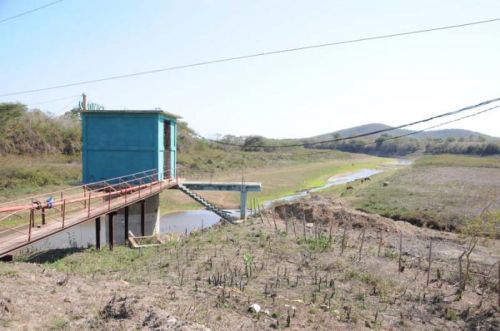The severe drought affecting Cuban aquifers and reservoirs given the extreme lack of rainfalls has led authorities to call for water-saving measures and other distribution strategies to cushion the tense situation.
The National Water Institute reported that by late July all its 242 dams were at 35 percent of their total capacity some 3 billion cubic meters, a volume well below the historic records for this period of the year.
The most affected Cuban provinces are central Ciego de Avila and Sancti Spiritus; eastern Granma, Las Tunas, Santiago de Cuba and Camaguey, and western Pinar del Rio.
Meanwhile, rainfall accumulates for July only reached 89.6 millimeters, meaning 67 percent of historic records.
The National Water Institute is taking actions to cushion the impact of these phenomena, particularly in the hardest hit areas, reads the report.
On Monday, the National Civil Defense also alerted on the low levels of reservoirs and the aquifers, which require a saving efforts by all sectors in the country.
The Civil Defense authorities activated temporary working teams in all provinces and municipalities to evaluate and control a series of measures in tune with the country’s disaster reduction plans, including the distribution of water to state entities and private businesses, the rehabilitation of supply networks and a restructuring in the water-supply program according to the situation of every territory.
 Escambray ENGLISH EDITION
Escambray ENGLISH EDITION






Escambray reserves the right to publish comments.